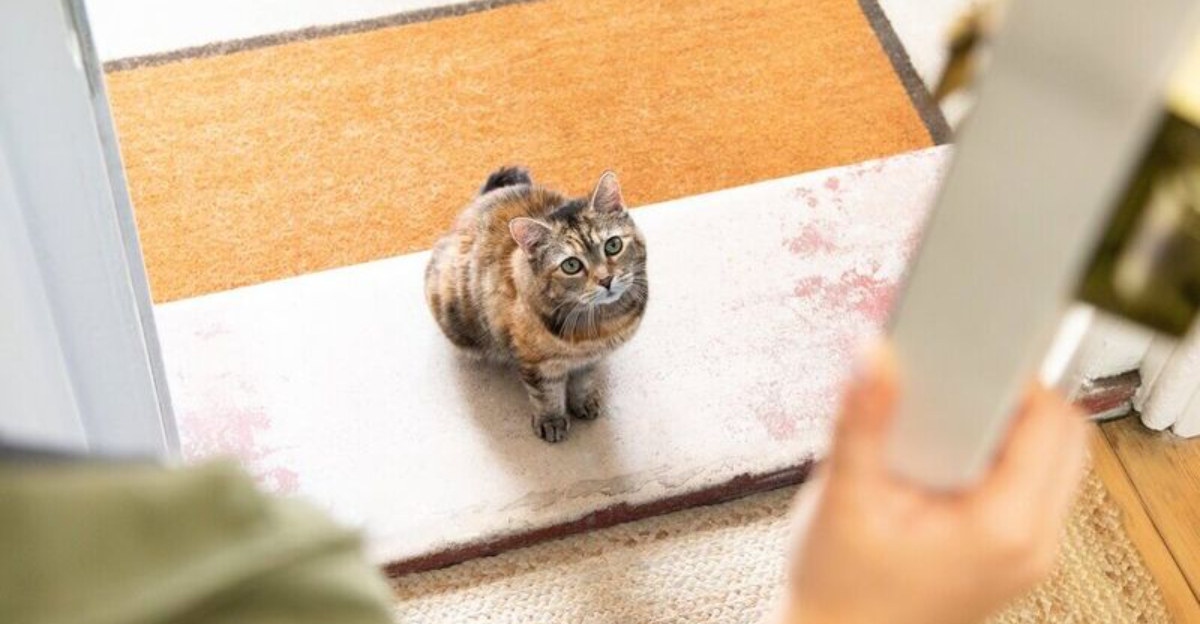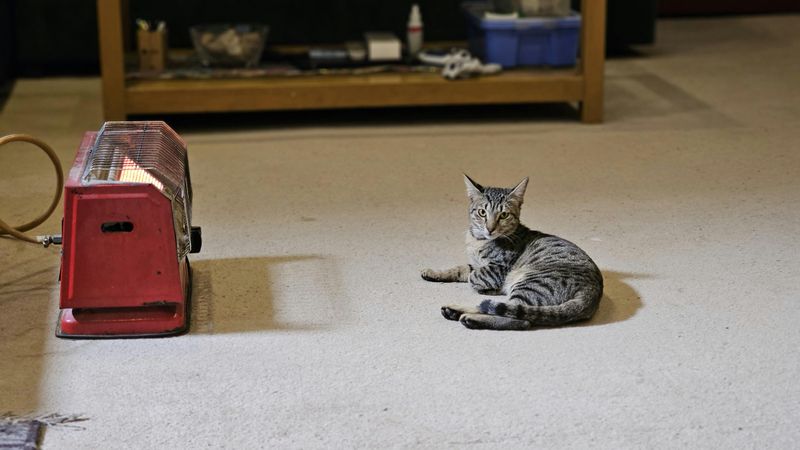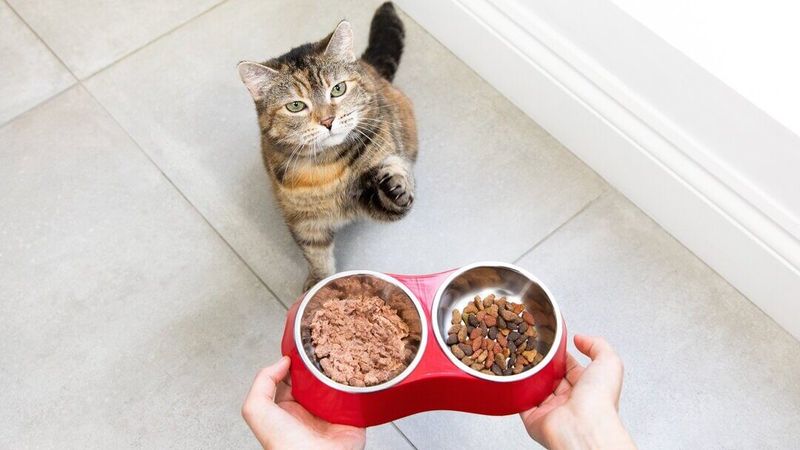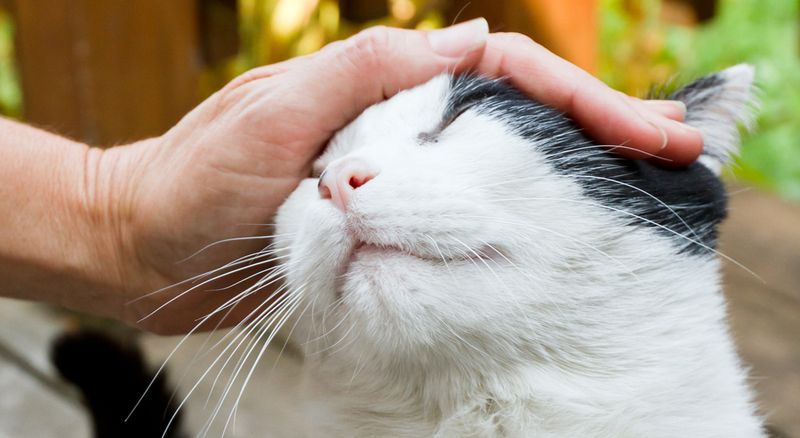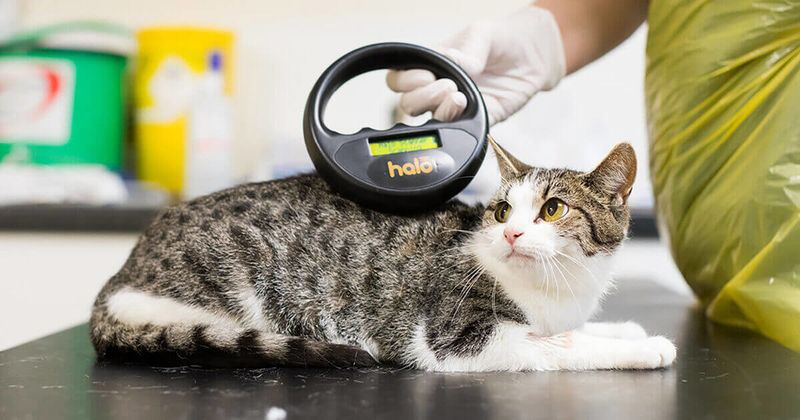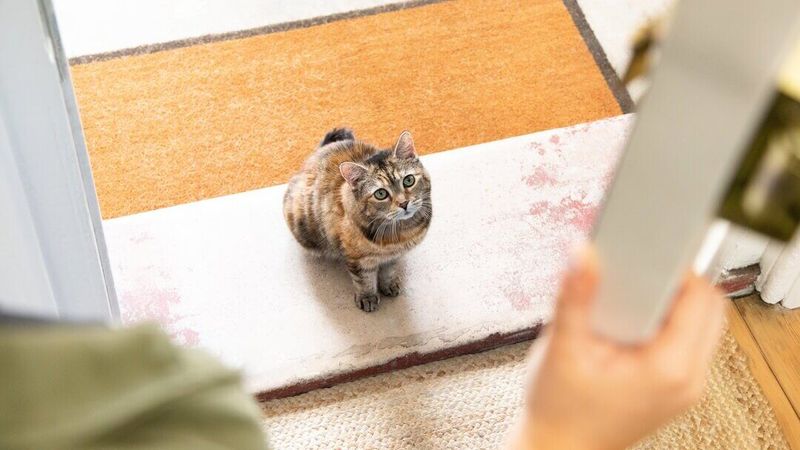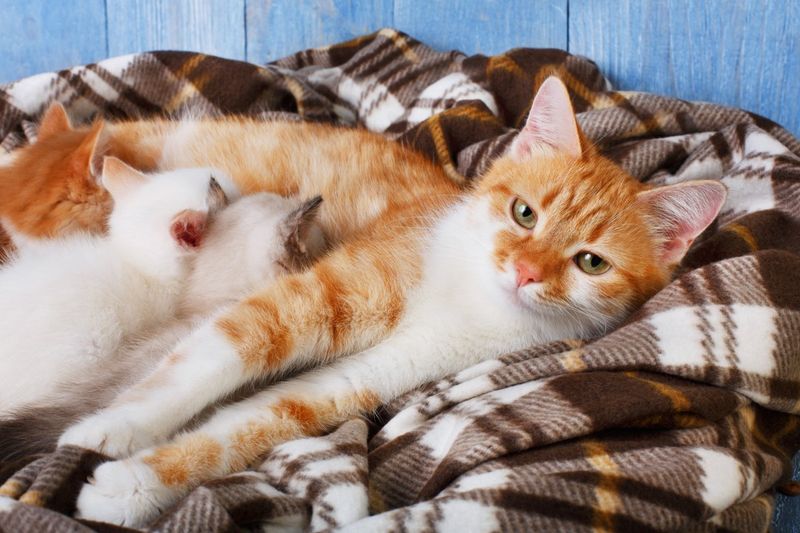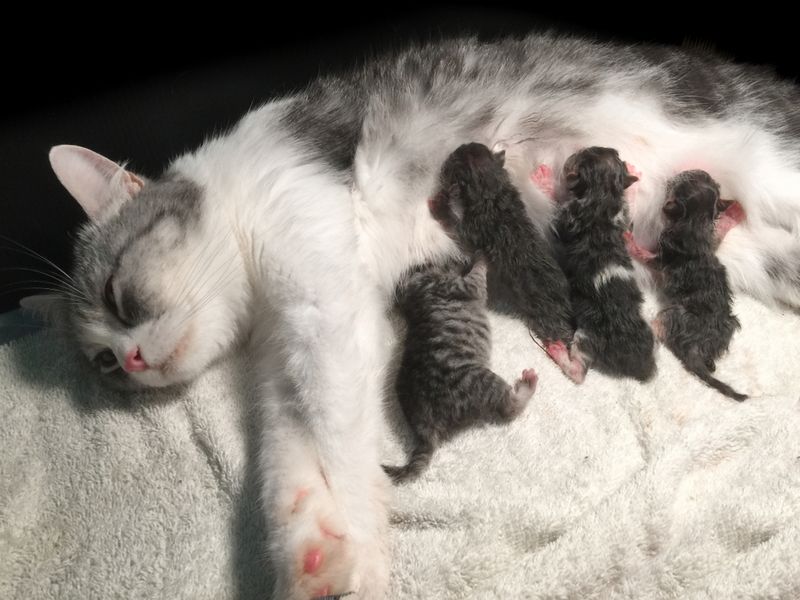📖 Table of Content:
Discovering a pregnant stray cat in your neighborhood can stir up a mix of emotions—compassion, concern, and maybe even a bit of uncertainty. These vulnerable animals are often in need of immediate support, especially when they’re about to bring new life into the world. Without proper care, both the mother and her kittens can face serious health risks, exposure, or even death. But the good news is: you can make a huge difference.
Helping a pregnant stray cat doesn’t require you to be a veterinarian or an experienced animal rescuer. With just a little knowledge, patience, and a caring heart, you can provide the essential support she needs to stay safe and healthy through pregnancy and beyond. Whether it’s offering food, creating a shelter, or getting her veterinary attention, your actions can help ensure she and her kittens get a fighting chance.
In this article, we’ll walk you through 8 practical and compassionate ways to help a pregnant stray cat. Each tip is simple, doable, and can be adapted to your comfort level and resources. Even small efforts can have life-changing results—so let’s explore how you can step in and be a lifeline for a feline mom in need.
1. Provide a Safe Shelter
Even a simple cardboard box lined with old blankets or towels can become a refuge for a pregnant stray. If she’s outdoors, consider placing the shelter in a hidden spot away from foot traffic, cars, and other animals. Indoors is even better, if she’s willing—especially in extreme weather. Many stray cats are vulnerable to predators and environmental hazards while pregnant. By offering a safe space, you help reduce her stress, which is critical for a healthy pregnancy. You don’t need to invest in anything fancy; comfort and calm are what matter most. Always keep the area clean and quiet so she can rest without fear.
2. Offer Nutritious Food and Clean Water
Nutrition plays a key role in the health of both the mother cat and her unborn kittens. A diet rich in protein, fats, and essential nutrients gives her the strength she needs to carry and nurse her litter. Instead of adult cat food, opt for kitten food, which is formulated with higher caloric content. Water is just as crucial—make sure she has a fresh bowl at all times. Without proper nutrition, the risks of stillbirth, low birth weight, or complications rise. Feeding a stray may also help her build trust in you over time. You might find that regular meals make her more receptive to your presence. Feed her in a consistent spot to provide routine and security.
3. Avoid Handling Her Too Much
Respecting her space is an often-overlooked yet critical aspect of care. While it might be tempting to pet or pick her up, a pregnant stray may feel threatened or protective. Trust takes time to build, especially with animals that have experienced abandonment or trauma. Keep your distance at first, allowing her to observe you without feeling cornered. Sit nearby quietly, offering food or treats, and let her come to you on her terms. Her comfort and emotional safety are just as important as her physical health. Forcing interaction too early can backfire, making her wary or even aggressive. Let patience and empathy guide your approach.
4. Check for Identification or Scan for a Microchip
Before assuming she’s a stray, it’s smart to verify whether she has an owner. Some outdoor cats are actually lost pets or allowed to roam, and pregnancy can happen quickly. A quick check for a collar, tag, or microchip could reunite her with a loving family. Many animal shelters and vet clinics will scan for a chip at no cost. Identification helps prevent unnecessary separation from a possible home. If she’s been out for a long time, she may look rough or dirty even if she once had a home. Don’t rely solely on appearances—scanning is the best way to be sure. If she is chipped and her owners are unreachable, you can decide the next best step with that context.
5. Schedule a Vet Visit
A veterinary checkup is essential for any pregnant cat, especially one living outdoors. Veterinarians can confirm pregnancy, estimate how far along she is, and screen for health issues like fleas, parasites, infections, or malnutrition. Bringing her in also sets the stage for future care, such as vaccinations or spaying after birth. If you’re unable to cover costs, reach out to local shelters or rescue groups for assistance—they often have programs for stray or feral animals. Vet visits also give insight into whether the cat needs special care or monitoring. Early intervention can prevent issues during delivery. Even if she seems fine, a professional opinion ensures you’re not overlooking hidden problems. Healthier moms mean healthier kittens.
6. Prepare for the Birth
When labor approaches, things can move quickly—so it’s wise to be ready ahead of time. Setting up a designated birthing space is a helpful step, preferably in a calm, dark corner where she feels safe. Include soft bedding, such as towels or blankets, and avoid scented products that could irritate her or the kittens. A heating pad on low (under part of the bedding, with room to move off) can keep newborns warm. Most cats instinctively know how to give birth, but it’s good to observe from a distance in case complications arise. Avoid interfering unless absolutely necessary. If she trusts you, she may even let you stay close. After birth, keep the area clean and check on the kittens’ nursing and development.
7. Consider Fostering or Finding a Foster Home
If you’re unable to care for her long-term, fostering is a wonderful alternative. Many rescue groups and shelters have foster networks that support temporary caregivers with food, supplies, and vet access. Contacting them can help ensure the cat receives proper care until she and her kittens are ready for adoption. Sometimes, people hesitate to help strays because they fear being “stuck” with them forever. Fostering offers a middle path—you provide care for a few weeks or months, but don’t have to commit permanently. Kittens are typically adopted quickly once weaned and socialized. Posting on local community boards or social media can also connect you with willing helpers. Support is out there—you just have to ask.
8. Plan for Postpartum Care and Spaying
After the kittens are born and weaned, long-term planning becomes important. Spaying the mother cat ensures she won’t go through another cycle of unwanted pregnancies. Many shelters offer low-cost or free spay/neuter programs specifically for stray and feral cats. The kittens, too, should be vaccinated, socialized, and adopted into loving homes when old enough. Without intervention, the cycle of stray cat overpopulation continues. Even if you can’t keep them yourself, you can be the bridge to a better life. Reach out to rescues early—they often have waitlists and intake procedures. By thinking ahead, you help prevent suffering and reduce the number of cats on the streets.
